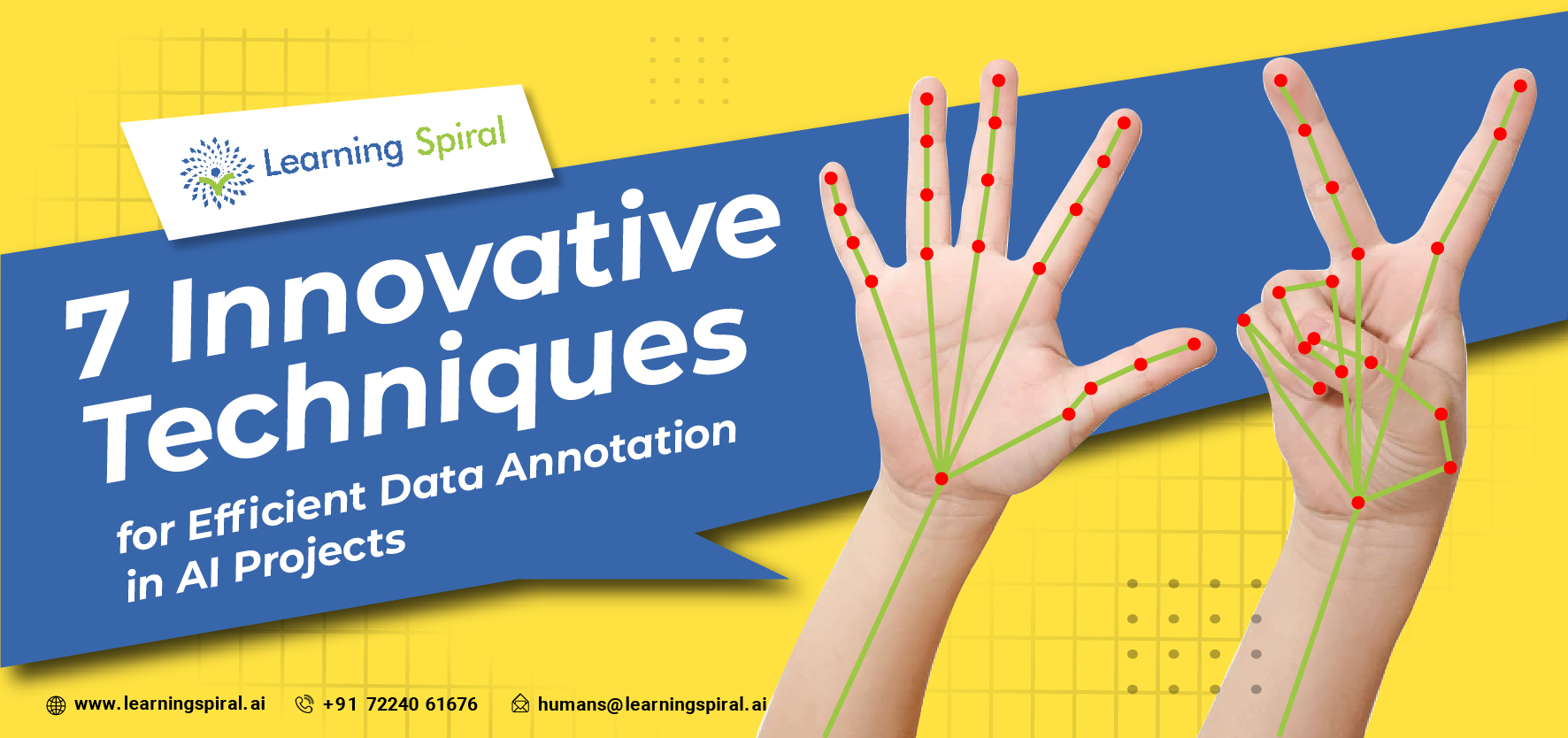
In the age of big data, where datasets can be massive and complex, traditional annotation methods are becoming increasingly inefficient and costly. To keep up with the pace of AI advancements, innovative techniques are emerging to streamline this critical step in the machine learning pipeline.
This is where data annotation for machine learning models and AI software comes in. In this article, we will discover some innovative techniques to carry out annotating data of varying kinds for artificial intelligence.
Here are 7 cutting-edge approaches to revolutionize data annotation for your AI projects:
1. Active Learning:
Imagine an AI that picks the most informative data points for you to label, reducing your workload and maximizing the value of your annotations. Active learning algorithms do just that.
By analyzing the model’s uncertainty, they prioritize data points that will have the most significant impact on its learning, leading to faster and more efficient annotation.
2. Semi-Supervised Learning:
Not all data needs human-level attention. Semi-supervised learning leverages both labeled and unlabeled data to train AI models. This technique is a great combination of the EQ and IQ that comes by adjoining a human and a machine.
By strategically using a small amount of labeled data to guide the model’s understanding of the unlabeled majority, this technique significantly reduces the need for manual annotation, accelerating the training process.
3. Transfer Learning:
When starting from scratch feels overwhelming, why not borrow some knowledge? Transfer learning takes pre-trained models on related tasks and adapts them to your specific domain.
This can significantly reduce the amount of data you need to annotate from scratch, especially for tasks with common underlying structures.
4. Collaborative Annotation:
Crowdsourcing the annotation process can be a powerful tool. Several platforms allow you to tap into a global pool of annotators, breaking down large tasks into smaller, more manageable chunks.
However, ensuring quality and consistency in crowdsourced annotations requires careful design and quality control measures. A perfect structure should be applicable to make it happen smoothly and error-less.
5. Gamification:
Turn data annotation into a game! Gamification techniques like points, badges, and leaderboards can inject fun and competition into the process, motivating annotators and improving accuracy and engagement.
This is particularly effective for tasks that might otherwise be repetitive or tedious. Hence, annotators could be able to avoid careless errors that come from performing a tedious task again.
6. AI-Assisted Annotation:
AI-assisted annotation tools can automate repetitive tasks like bounding boxes or image segmentation, freeing up your human annotators to focus on complex, nuanced cases that require their judgment and expertise.
This hybrid approach leverages the strengths of both humans and machines for optimal efficiency.
7. Continuous Feedback and Improvement:
Data annotation is not a one-time process. Continuously monitoring model performance and feeding back insights into the annotation process is crucial for ensuring accuracy and adaptability.
Active learning algorithms can be particularly beneficial here, as they can refine their data selection based on the model’s evolving needs.
Conclusion
By embracing these innovative techniques, you can transform data annotation from a bottleneck into a powerful driver of AI success. Remember, the key is to find the right mix of automation and human expertise to optimize efficiency, accuracy, and, ultimately, the performance of your AI models.

